Noticing something off with your pup's walk or jump? You might be wondering, what are the first signs of hip dysplasia in dogs? This common issue, especially in large breed dogs, can sneak up on even the most active pups.
Look out for signs like an abnormal gait, bunny hopping, or trouble climbing stairs. These can hint at changes in the hip joint that need attention.
Don't worry—there are ways to manage it and help your furry friend stay comfy and happy. Let's explore the telltale signs and share tips to keep those tails wagging strong!
Understanding Hip Dysplasia in Dogs

Hip dysplasia in dogs happens when the ball and socket joint doesn't develop properly, causing the joint to grind instead of glide. This genetic disease often affects large breed dogs like Golden Retrievers or other giant breed dogs, but any pup can face it. Over time, the uneven wear can lead to degenerative joint disease and hip pain. Early diagnosis and the right care can help keep your dog's hips in top shape!
What Causes Hip Dysplasia?
When the ball and socket joint doesn’t form as it should, it leads to hip dysplasia and uneven joint strain. This condition often starts at an early age but worsens over time, especially in larger dogs or those with genetic predispositions. Wondering what can trigger it? Here are some common causes:
- Genetics. Inherited traits from the dog's parents.
- Rapid growth. Particularly in large breed puppies during their first year.
- Improper nutrition. Diets lacking in key nutrients or too many calories.
- Excess weight. Overweight dogs face extra stress on their hip joint.
- High-impact activities. Activities that strain the hip joint, like jumping or over-exercising.
Recognizing these factors early can make a big difference. Providing a balanced diet, maintaining a healthy weight, and avoiding strain on the dog's hip joint are key to prevention.
Breeds Most at Risk for Hip Dysplasia
The likelihood of developing hip dysplasia is higher in specific breeds. Large breed dogs like Golden Retrievers, German Shepherds, and Rottweilers top the list. Giant breed dogs, like Great Danes and Saint Bernards, are at higher risk because of their size and rapid growth.
Fast-growing large breed puppies can experience stress on their hip joint as their pelvic bone develops. Genetics plays a major role, but environmental factors like diet and weight can make things worse. Keeping these breeds at a healthy weight and monitoring for clinical signs like limping or abnormal gait helps reduce the risk of severe hip dysplasia.
The Early Signs of Hip Dysplasia in Dogs
Spotting the early signs of hip dysplasia in dogs can make all the difference in their comfort and mobility. From a noticeable limp to hesitation when climbing stairs, these signs often start subtly but can progress quickly.
Keeping an eye out for changes in their hip function helps with early diagnosis and planning the right care. Let's explore these signs in detail!
Limping or Difficulty Walking
Limping is often one of the first clinical signs of canine hip dysplasia. Your dog might avoid putting weight on one leg, causing an abnormal gait. This happens when their affected joint doesn't move as it should, leading to discomfort during walks. Large breed dogs and young dogs are especially prone to these changes.
You may also notice a "bunny hopping" motion as they move, which is a classic red flag. A physical examination or x-rays can help in diagnosing hip dysplasia early, setting the stage for treatment options like physical therapy or joint supplements.
Stiffness After Rest or Exercise
Does your dog struggle to get up after a nap or seem stiff after playtime? Stiffness, especially in the hind limbs, is a common sign of hip dysplasia in dogs. It happens when the hip joint becomes less flexible due to bone spurs or strain on the joint capsule.
This stiffness might appear after exercise or long rests, making them slow to move. Regular activity, maintaining a healthy weight, and alternative therapies like pain management or physical therapy can help your dog feel more comfortable while keeping their joints active and strong.
Decreased Activity or Reluctance to Play
If your energetic pup suddenly avoids running or jumping, it could signal hip dysplasia. This condition often affects active dogs, causing discomfort during play. Dogs may shy away from favorite activities, especially those that involve the hind end, such as climbing or chasing toys.
Their dog's hip joint might feel stiff or weak, limiting their mobility. This reluctance can also point to developing arthritis or muscle atrophy. Encouraging gentle movement, trying conservative treatment, and adding joint supplements to their routine can help restore some of their playful spirit!
Signs of Pain When Moving
If your dog seems uncomfortable getting up, sitting down, or walking, it might be dealing with hip dysplasia. They could struggle with things like climbing stairs, running, or even hopping into the car. You might notice limping, a stiff hind end, or even small yelps when they move. These are common signs of pain caused by an affected hip joint.
Here's some good news: CBD can help! It's known to support joint health and can ease discomfort naturally. When paired with joint supplements or physical therapy, it's a great way to keep your dog more active and comfortable. The sooner you notice these signs and act, the better your furry friend.
How to Confirm Hip Dysplasia in Dogs
Confirming hip dysplasia in dogs takes more than guesswork. Your vet can identify the problem through a physical examination and advanced tools like pet X-ray machines. These help pinpoint issues with the hip joint, like an affected joint or misaligned ball and socket joint. Early confirmation is the key to finding the best treatment options and improving your dog's quality of life!
Veterinary Exams and Imaging Techniques
The first step to understanding hip dysplasia is scheduling a vet visit. They'll check for clinical signs, like abnormal gait or difficulty climbing stairs, during a physical examination. If needed, imaging tools such as X-rays are used to assess the ball and socket joint and find changes like bone spurs or a misaligned pelvic bone.
These tests help vets suggest the right treatment options, like pain medications, joint supplements, or surgeries such as femoral head ostectomy. Early detection can make managing canine hip dysplasia much easier for both you and your pup!
Managing Early Symptoms of Hip Dysplasia
Catching the signs of hip dysplasia early can help your dog stay active and comfortable. Adjustments like light exercise, a healthy weight, and supportive care such as joint supplements can go a long way. Addressing symptoms right away makes it easier to prevent hip dysplasia from getting worse over time.
Exercise Adjustments to Reduce Stress on Joints
The right exercise can help reduce stress on your dog's hip joint. To avoid stressing the socket joint, opt for light activities instead of running or jumping. Swimming, slow walks, or supervised play are great for keeping hip function strong without overloading the affected joint. Here are some exercise tips:
- Limit running and jumping.
- Avoid slippery floors to prevent slips.
- Try swimming—it's easy on the hip joint.
- Keep playtime short but regular.
These small changes can make a big difference for dogs with hip dysplasia, especially large-breed dogs or young dogs prone to joint issues. Regular movement also prevents muscle atrophy and keeps their shoulder muscles and hind end strong.
Nutrition and Weight Management for Joint Health
What you feed your dog can greatly affect their joint strength and mobility. A balanced diet can support the hip joint and help prevent hip dysplasia from worsening. Overweight dogs place more pressure on their joints, making weight management essential for their health. Here are some tips to support joint health in dogs:
- Choose high-quality food rich in omega fatty acids.
- Avoid overfeeding to prevent weight gain.
- Add joint supplements with glucosamine or chondroitin.
Maintaining the right diet helps ease the strain on the pelvic bone, reduces the risk of bone spurs, and supports overall mobility. Combine good nutrition with exercise adjustments, and you'll set your pup up for healthier, happier joints!
The Benefits of Providing Joint and Mobility Supplements

Taking care of your dog's joints is one of the best ways to keep them happy and active. Our natural joint supplements can ease discomfort, improve flexibility, and support better movement. They may be especially helpful for dogs with hip dysplasia or those who just need extra joint care as they grow older.
Our CBD Dog Treats + Mobility and Joint Care are made with Turmeric Root, Boswellia, and Broad Spectrum CBD Oil. These ingredients work together to strengthen joints and ease swelling naturally. If you prefer a non-CBD option, our Joint Support Soft Chews include glucosamine, MSM, and turmeric to promote flexibility and healthy movement. Both are easy to give, taste great, and help dogs of all ages feel their best!
When to Seek Veterinary Advice
If you're noticing changes in your dog's movement or behavior, it might be time to reach out to your vet. They can help identify potential issues like hip dysplasia in dogs and recommend the right care. Getting advice early can make all the difference for your dog's comfort and mobility!
Recognizing Worsening Symptoms
When hip dysplasia worsens, your dog might start showing clearer signs of discomfort. Look for severe limping, hind limb lameness, or difficulty using their hind end. They may avoid running, jumping, or climbing, and their muscle mass in the back legs might decrease due to muscle atrophy.
These symptoms could mean severe hip dysplasia or even degenerative joint disease. A vet can assess the affected joint and suggest options like physical therapy, pain medications, or advanced treatments like total hip replacement. Early care can help prevent further problems!
Frequently Asked Questions About Hip Dysplasia in Dogs
Can Hip Dysplasia Be Prevented?
While you can't fully stop hip dysplasia in dogs, you can lower your dog's risk. Keeping a healthy weight, feeding a balanced diet, and avoiding overexertion in large breed puppies can help. Regular exercise and joint supplements also support hip joint health, keeping your pup active and comfortable for longer.
What Treatments Are Available for Hip Dysplasia?
There are plenty of treatment options to help manage canine hip dysplasia. These include physical therapy, pain medications, and alternative therapies like supplements. In severe cases, surgeries like femoral head ostectomy or total hip replacement may be recommended. Early diagnosis and care go a long way in improving your dog's quality of life!
Final Thoughts on Recognizing the First Signs of Hip Dysplasia in Dogs
Noticing the first signs of hip dysplasia in dogs early gives you the chance to make their life more comfortable. Small adjustments like light exercise, a nutritious diet, and weight management can go a long way in improving mobility and reducing discomfort. Being proactive about their care makes all the difference.
To support your pup's joint health, HolistaPet offers a range of dog supplements designed to promote flexibility and comfort. These products are created with your furry friend's well-being in mind. Give your dog the love and care they deserve, so they can keep enjoying every moment by your side!







![Probiotics For Dogs [Soft Chews] - HolistaPet](http://www.holistapet.com/cdn/shop/files/Probiotic-Infographic-1_472d7a29-e30c-435a-9638-1365d8c3a9f9.jpg?v=1725384841&width=104)
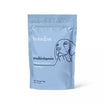








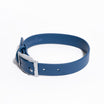
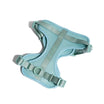
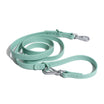



![What Are the First Signs of Hip Dysplasia in Dogs [Initial Symptoms]](http://www.holistapet.com/cdn/shop/articles/First_signs_of_hip_displaysa_in_dogs_1_b8b2803e-9368-446d-919e-78bd4c3d871b.webp?v=1739911035&width=1500)

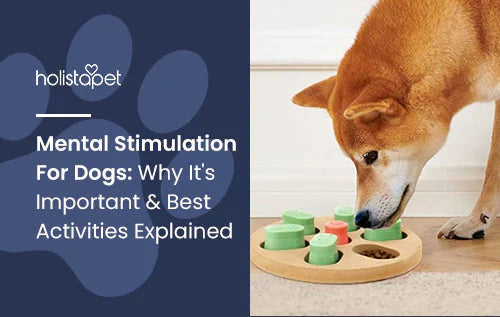

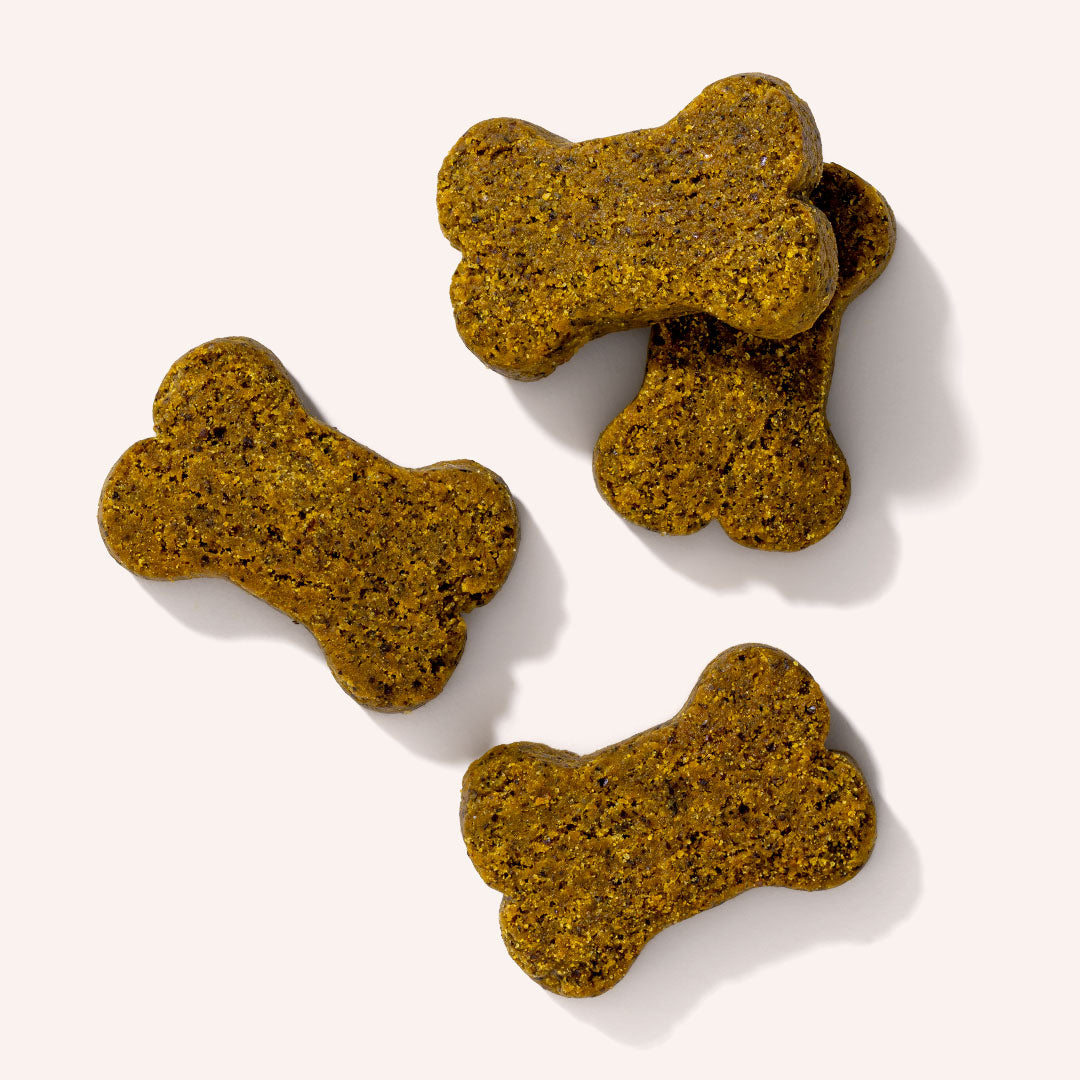

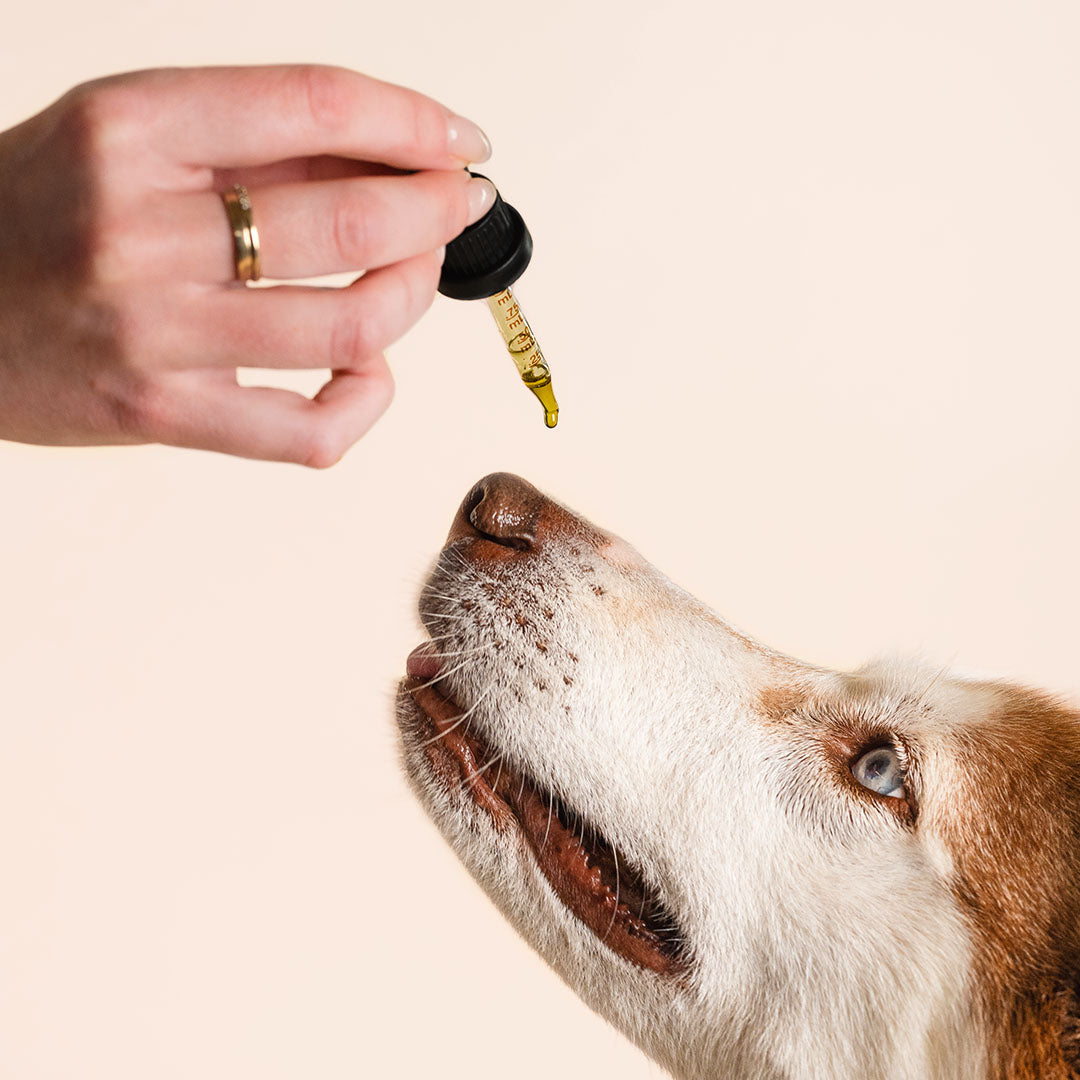



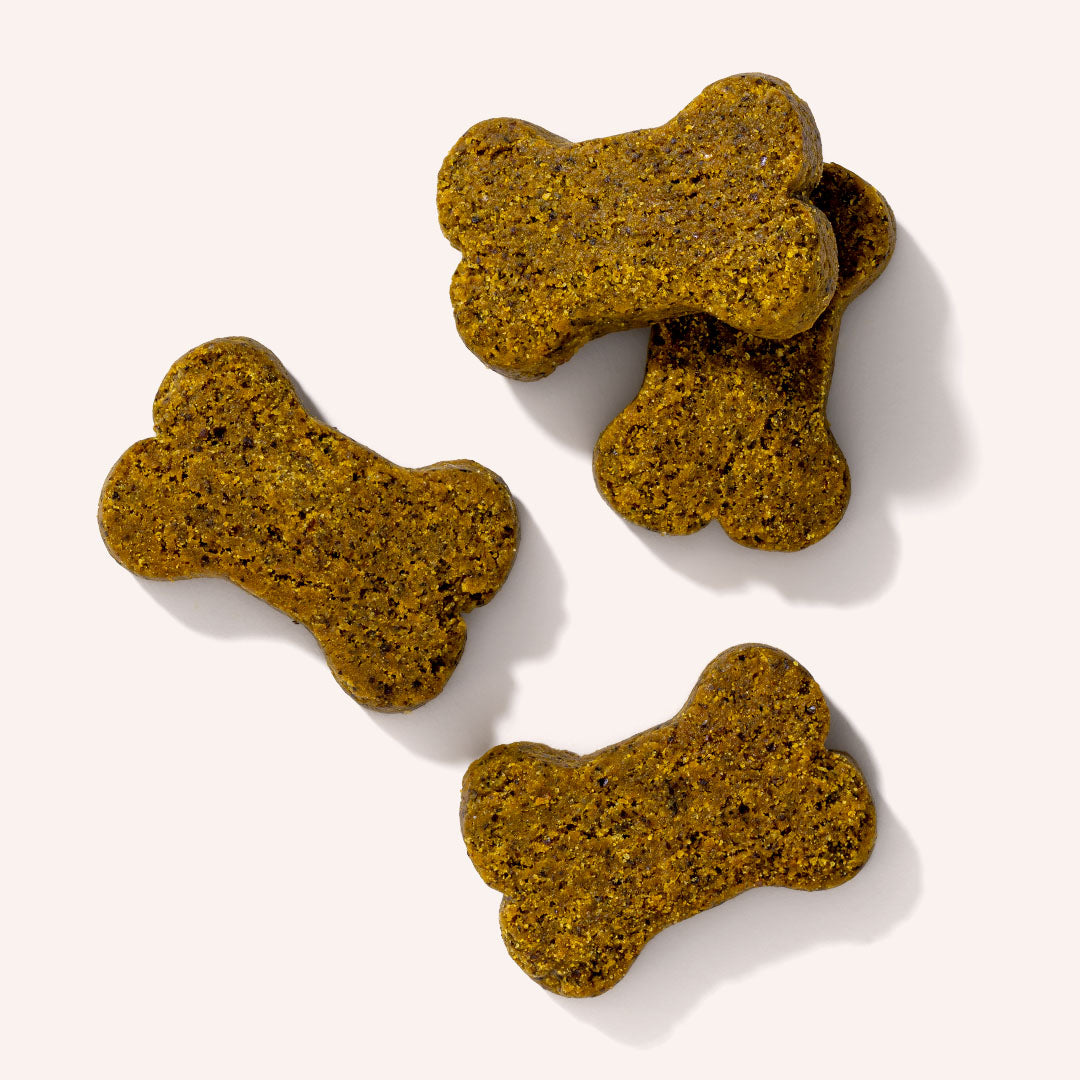
Leave a comment
All comments are moderated before being published.
This site is protected by hCaptcha and the hCaptcha Privacy Policy and Terms of Service apply.